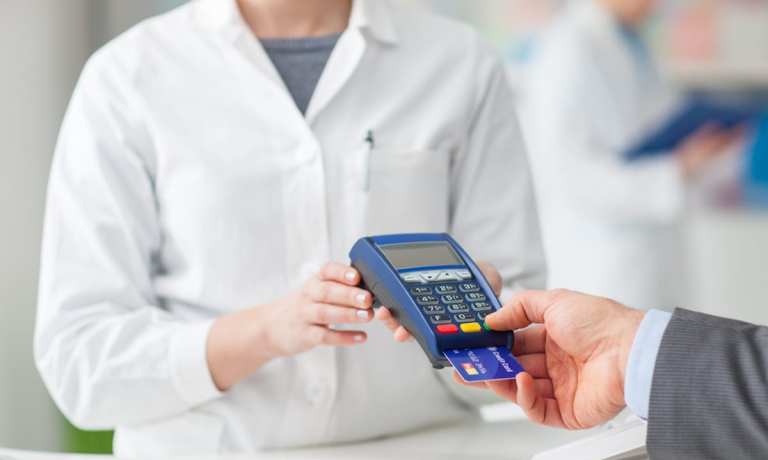
Historians will remember 2020 as the year when a global health crisis cratered hospital and medical practice financials when they would otherwise have been strong.
Healthcare’s own visit to the economic ER is one of many contradictions arising from the COVID-19 era. As PYMNTS’ January 2021 Healthcare Payment Experience Report, done in collaboration with Rectangle Health, notes, “The stakes are extraordinarily high. Physicians and health systems lost billions in revenue during the first few months of 2020, and barriers to positive consumer experiences, like unwieldy payment processes or handwritten registration procedures, can diminish patients’ loyalties to their healthcare providers.”
Showing that 45 percent of patients would “choose to stay home and disengage with their healthcare providers even if doing so was not legally required or was medically inadvisable,” that’s what many millions did in 2020, putting off checkups, screenings and elective surgeries.
Surveying over 2,000 consumers about their 2020 healthcare experiences — particularly as it relates to payments preference — researchers found that “the majority of patients believe customer experience is an important part of their healthcare journey and a key reason to stay with (or abandon) a provider. Most patients — 94 percent expressed satisfaction with in-person visits, but were vocal about the features that they missed.”
The inaugural Healthcare Payment Experience Report is an immersion into developments that are rapidly reshaping payments for a healthcare system that is itself in recovery.
 Not What The Doctor Ordered
Not What The Doctor Ordered
Some study findings have a way of leaping out, like this one: The Healthcare Payment Experience Report found that nearly two-thirds of patients want access to payment plans. Healthcare providers are missing a key opportunity by infrequently presenting them to patients. Regardless, only 44 percent of patients report being offered payment plans in 2020.
That’s leaving money on the exam table at a time when medical practices can scarcely afford it.

It extends to digital bedside manner as well, with 22 percent of “very” or “extremely” loyal patients saying they’d drop a preferred physician or practice because tools such as digital form completion, payment reminders and appointment reminders aren’t offered.
This comes as healthcare is (some say deservedly) confronted at last with the unstoppable force of consumerization, which is quickly becoming the world’s digital-first lingua franca.
“Efficient digital communications also makes in-office time more valuable for consumers, as repetitive administrative tasks, such as check-ins, can be completed with a few clicks,” per the Healthcare Payment Experience Report. “Simplifying healthcare access by limiting the barriers to positive consumer experiences will help to preserve patients’ 94 percent satisfaction rate with in-person interactions and increase patient engagement over time.”
Digital Experience Is Improving The Condition
Healthcare entities were blindsided by COVID-19 along with everyone else. Many were behind the digital transformation curve when it hit and, per the report, “have struggled during the pandemic to launch user-friendly booking and payment solutions that sync online and offline tasks and enable frictionless experiences for consumers in the office or on their devices. Only 23 percent of patients with balances due after a visit paid online, even though 37 percent and 34 percent cited credit and debit cards, respectively, as their preferred payment methods.”
That sets up one of the biggest opportunities for medical practices to recoup losses.
According to the new Healthcare Payment Experience Report, “54 percent of patients are interested in monitoring their upcoming provider payments digitally, 43 percent are willing to store their preferred payment details with their providers and another 43 percent would automate payments to avoid repetitive manual data entry in the office and online.”
Along with online payments, notifications and automated charges give in-house human resources the bandwidth “to issue and track outstanding bills, allowing staff to focus on delivering in-office customer service. Consumers experience less confusion at checkout when they can view outstanding bill statuses instantly and digitally manage their payments.”
 Read More On Healthcare:
Read More On Healthcare: